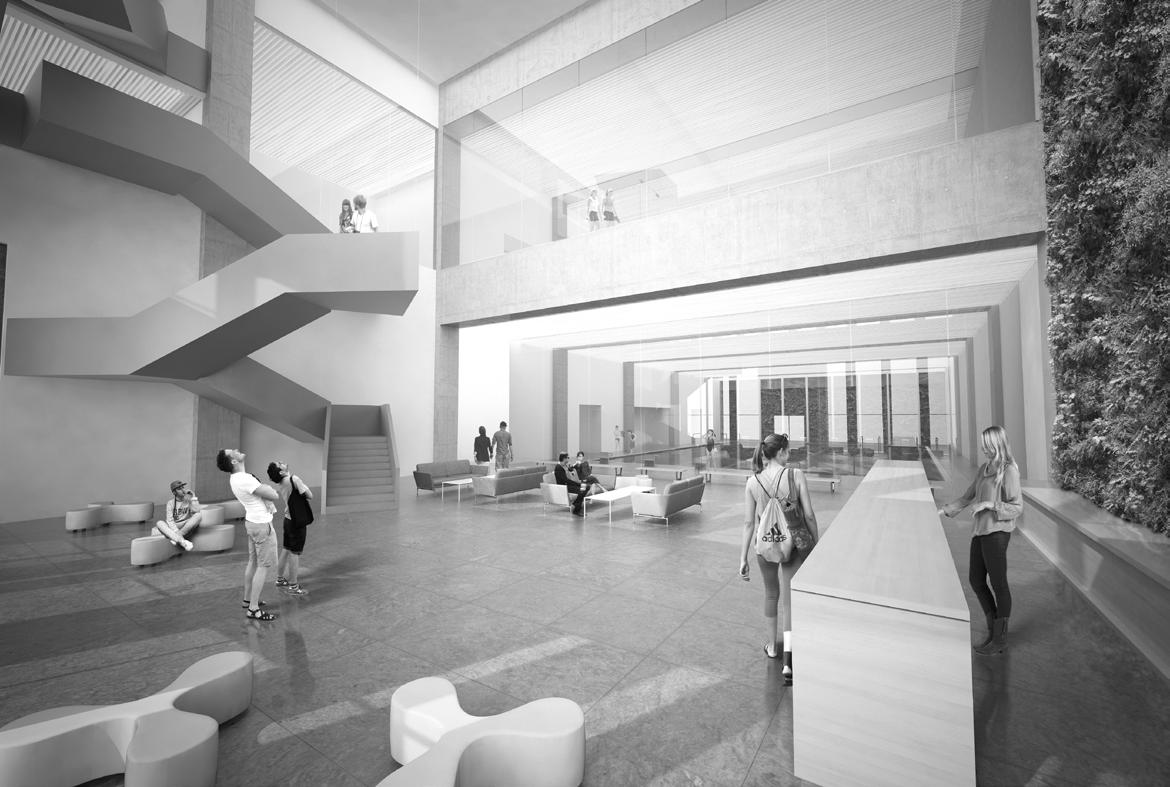Chapter II.
Components from the Enverionmental Psychology When we plan a building, it is absolutely important to ensure right space proportions and optimal spaces in a functional sense. However, we have to point out that the architect’s job is not simply to design and to determine dimensions, but much more to create spaces. There is a huge difference between the concept of place and space. Space has mathematically objective dimensions, but a place has hidden dimensions. In his book, The Hidden Dimension Edward T. Hall goes into details. Sight develops last of the human senses, so it affects least our emotions. We can sense and assess the dimensions of space with our eyes. However, touch or smell have bigger influence on our emotions related to space. It is not that easy to define the environment that surrounds us. Environmental psychology as an interdisciplinary field was created for reserching this complex group of problems. The body’s moving is an experience for man. You can make it more secure facilitating visual accessibility or you can even restrict it by watching all the time where to step. A good example for that are badly allocated public stairs, where we have to watch out the stairs instead of enjoying the visual or other capacity of space. When we have a long, monotonous walk on an asphalt road, it distracts our attention and we get tired. In his book, Invisible Architecture Attila Batár sets positive examples where in the design concept the experience of space by motion has an important role: „We can have a different, even more exciting kinetic experience of space in Tadao Ando’s Garden of Fine Arts in Kyoto. It is a modern space maze created of ramps, beams, pools and bridges. Although the roads crisscross, they are clearly defined. The exhibited objects are attractive, the visitors feel compelled to move on and have a look at the next one. The designer marked the way, but the uncertainty of searching lurks there all the time.” For Daniel Libeskind „not the externally
47






